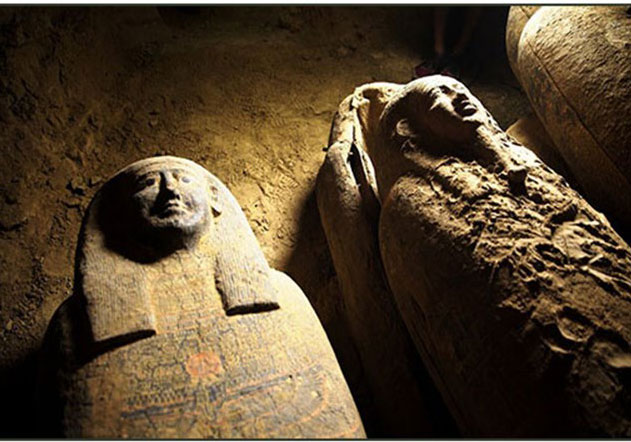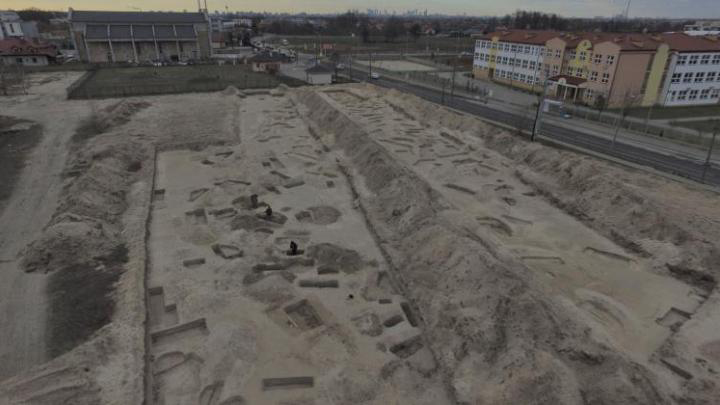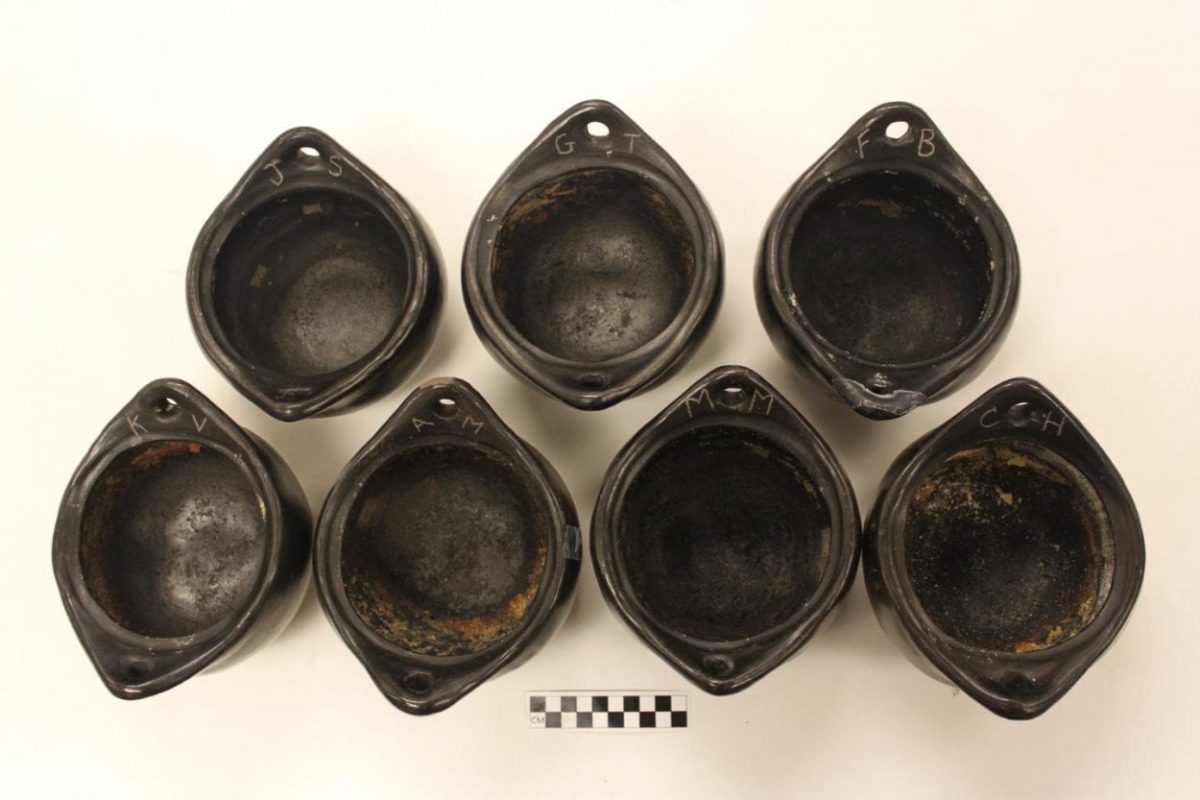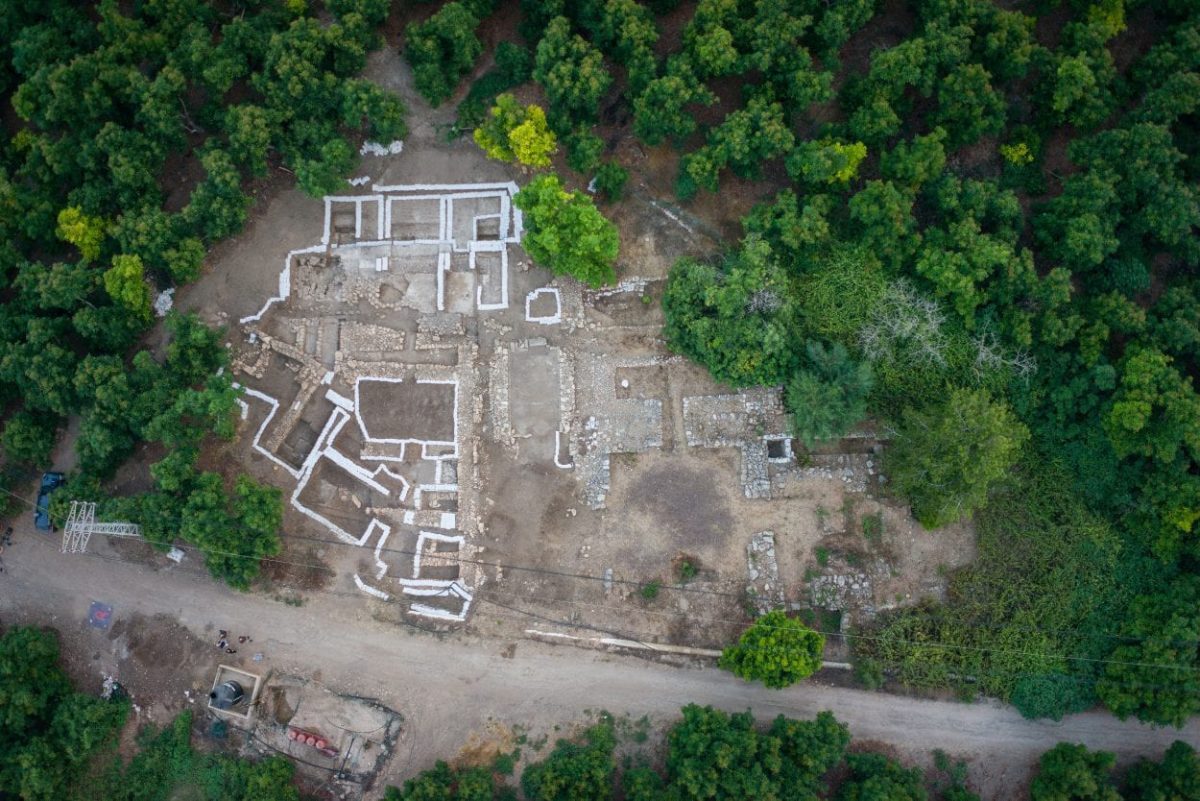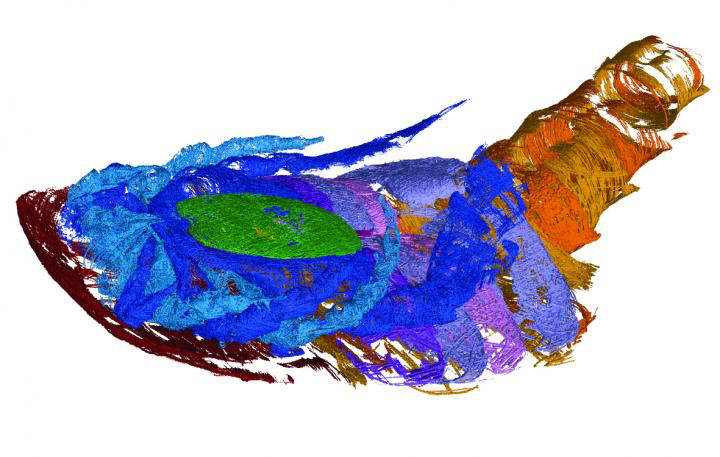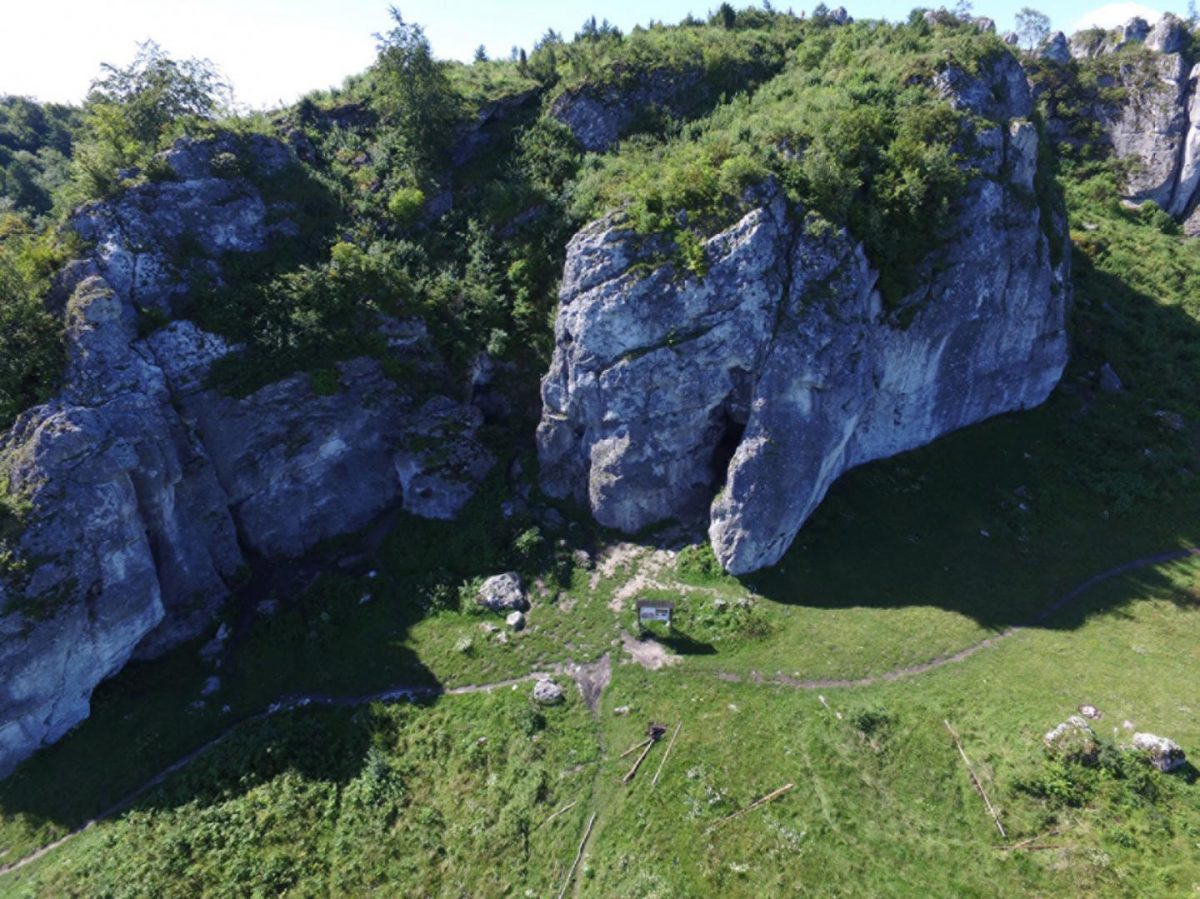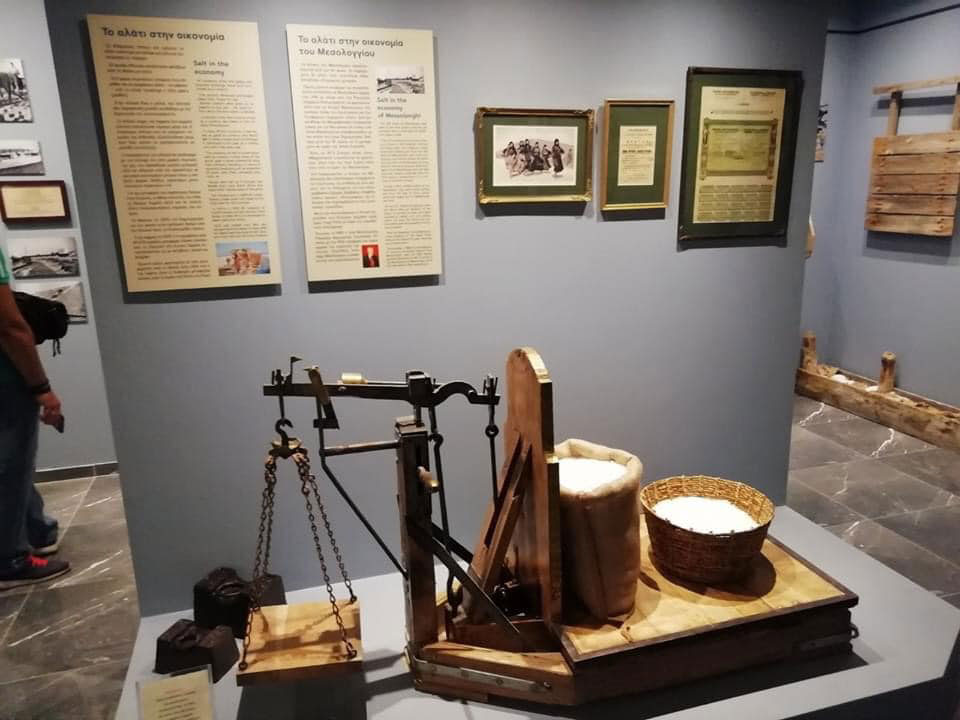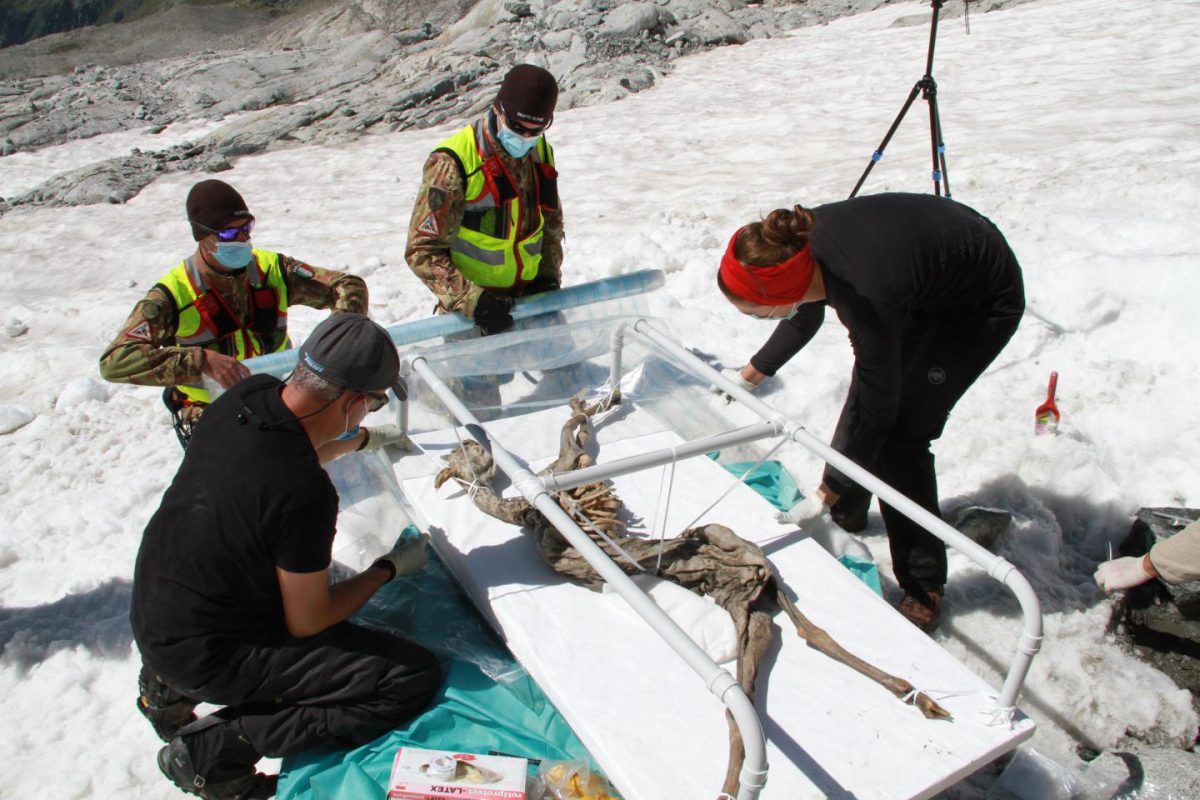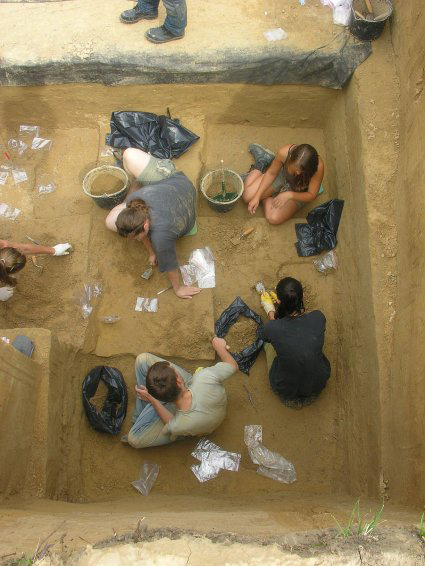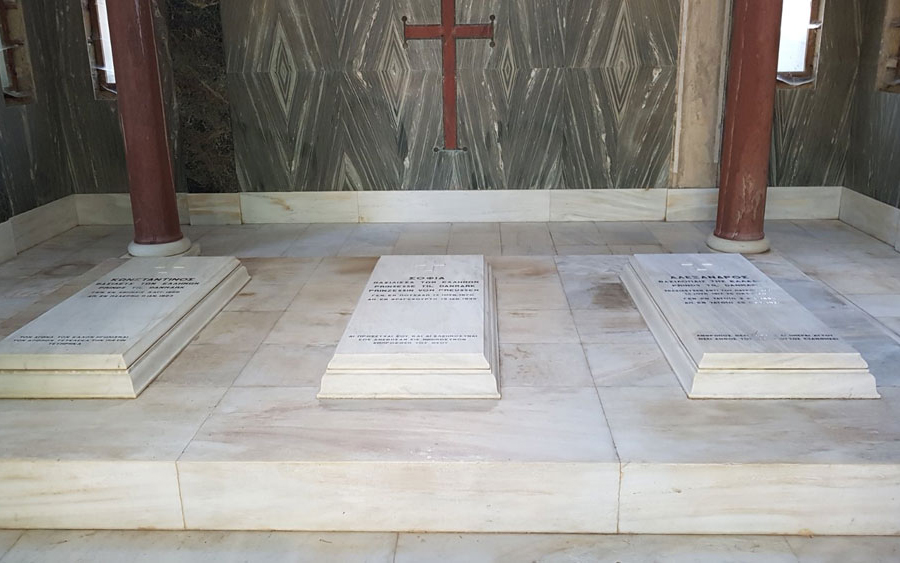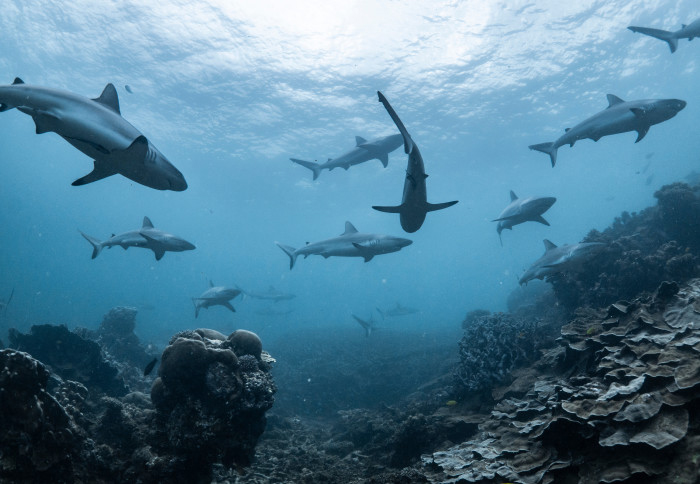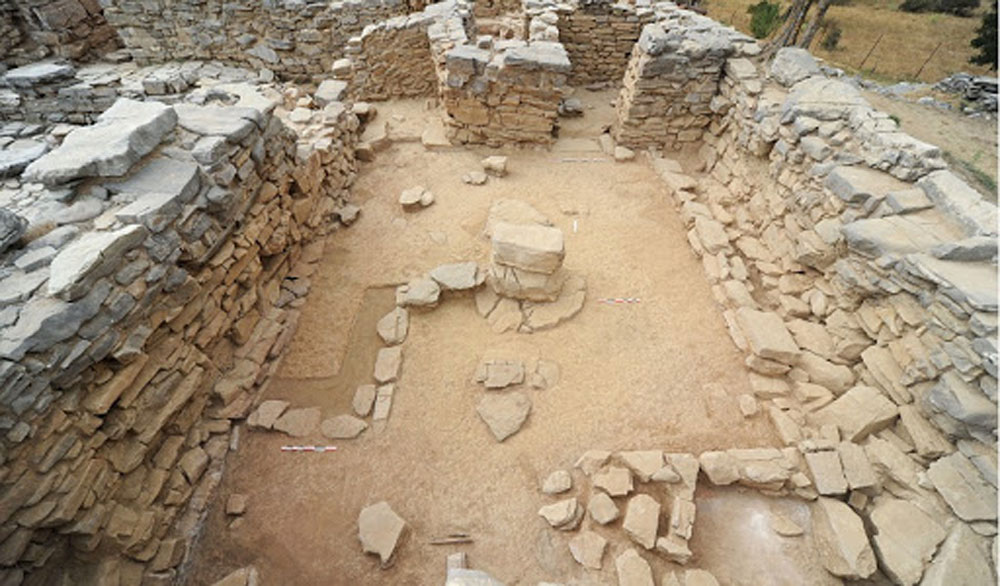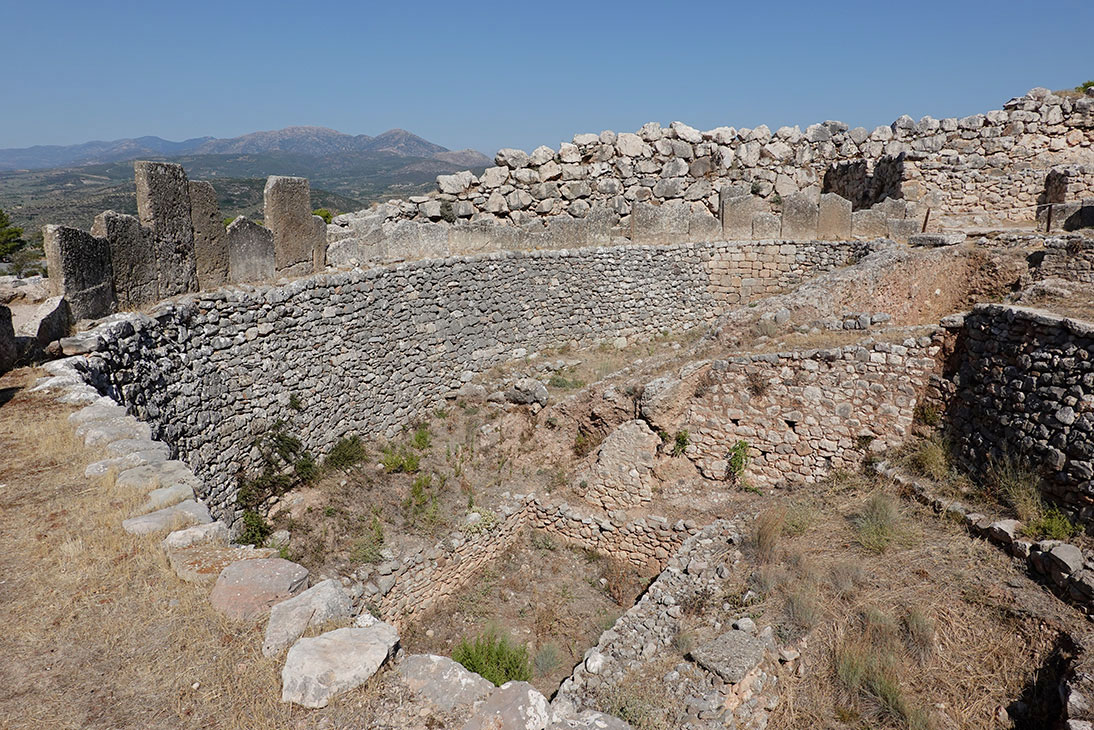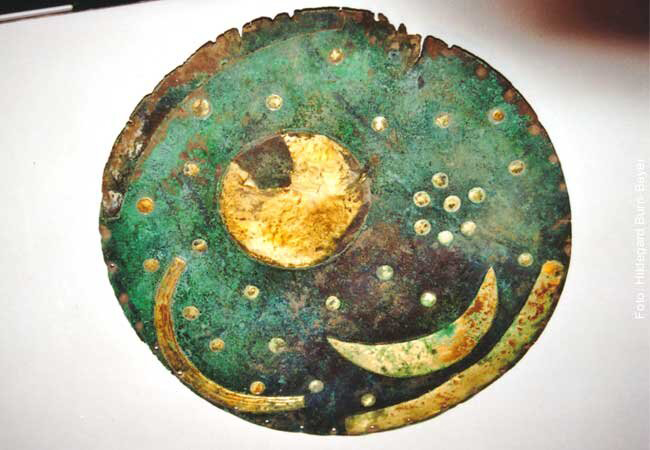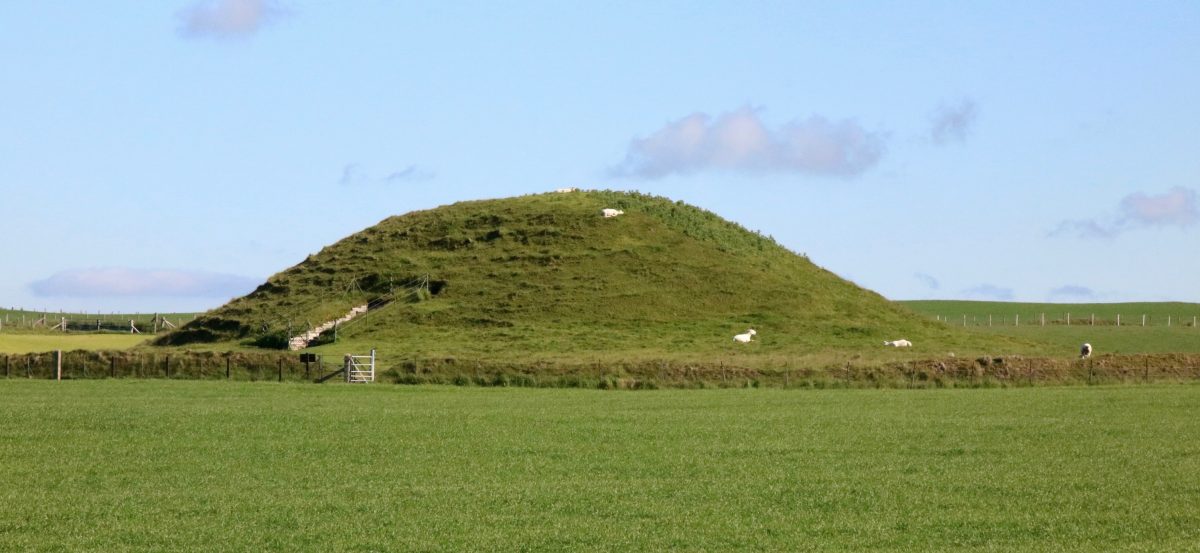Sealed sarcophagi found in Saqqara, Egypt
The coffins are 2,500 years old and still retain some original colors.
Notre Dame’s Crypt is once again open to the public
An exhibition in honour of the author Victor Hugo and architect Eugène Viollet-le-Duc, who designed the magnificent bell tower which collapsed in last year’s fire.
103 “lost” drawings by Hokusai acquired by the British Museum
Over 100 newly-rediscovered drawings by Japanese artist Hokusai have been acquired by the British Museum. Created in 1829 as illustrations for an unpublished book, they came to light in 2019 and have now been purchased by the Museum. The acquisition
First one man show of 101 year old Ferlingetti
The exhibition at the Gallery New Release ends on October 2.
Remains of 3,000-year-old settlement found in Białołęka District
The remains of a 3,000-year-old settlement have been discovered by archaeologists in Warsaw’s Białołęka district of Poland.
Unglazed ceramic cookware absorbs the chemical residue of past meals
Gastronomic practices going back millennia can be reconstructed by analyzing the chemical compounds adhering to and absorbed by the earthenware in which they were prepared.
Destruction of Canaanite Palace at Tel Kabri due to ancient earthquake
An earthquake may have caused the destruction and abandonment of a flourishing Canaanite palatial site about 3,700 years ago.
3rd International Archaeological, Ethnographic and Historical Film Festival
This year the Festival acquires an international dimension since screenings will take place both in the Centre and online.
Enhancement works at the Achilleion, Corfu
The Achilleion is consistently one of the top cultural destinations in Greece, being both a listed historical monument and a place of exceptional natural beauty and interest.
Extinct sea scorpions could breathe out of water
A new discovery by a West Virginia University geologist concludes that these largely aquatic extinct arthropods breathed air on land.
Study confirms widespread literacy in biblical-period kingdom of Judah
Many of the inhabitants of the kingdom of Judah during that period were able to read and write, with literacy not reserved as an exclusive domain in the hands of a few royal scribes.
The oldest Neanderthal DNA of Central-Eastern Europe
An 80,000-year-old Neanderthal reveals cultural and genetic affinities between Poland and the Northern Caucasus.
The first Salt Museum in Greece
It has been operating for a few days now in Tourlis, Messolonghi, in the salt pans and next to the lagoon.
A 400-year-old chamois as a model for research on ice mummies
Discovered in Val Aurina, South Tyrol (Italy) and now in the laboratory of Eurac Research's mummy experts, the remains will be studied in order to improve the conservation techniques of mummies around the world.
The mathematical values of Linear A fraction signs
Recent study has shed new light on the Minoan system of fractions, one of the outstanding enigmas tied to the ancient writing of numbers.
Ancient hunters stayed in frozen Northern Europe
Ancient hunters stayed in the coldest part of Northern Europe rather than migrating to escape freezing winter conditions, archaeologists have found.
Τhe burial monuments at the Tatoi Estate to be restored
Works on the Mausoleum monuments were carried out immediately, while work on the other monuments has already been planned.
Ancient bony fish forces rethink of how sharks evolved
The discovery of a 410-million-year-old fish fossil with a bony skull suggests the lighter skeletons of sharks may have evolved from bony ancestors.
Does the Culture-of-Death predate the Neanderthals and Modern Humans?
When did our ancestors start to acquire a culture-of-death? How was this behavior manifested over time and space?
The European economic area dates back to the Bronze Age
The researchers have been carrying out excavations near Leutkirch since 2017. They revealed a hilltop fortified in the Bronze Age.
Attention focused on excavations at Zominthos
Briefing about the successful course of this year's systematic excavations lasting two months and the large number of findings that came to light.
Mycenae after the fire
The Museum and archaeological site, all the parts of Mycenae that can be visited, are already accessible to visitors, according to the Ministry of Culture and Sports.
New dating of Nebra sky disk
Researchers have now extensively analysed the discovery circumstances and research results on the Nebra sky disk.
Upside down houses for the dead in Stone Age tomb
A study of the Maeshowe tomb by the University of the Highlands and Islands has suggested that the side chambers of the tomb are styled upside-down, as inverted netherworlds for the dead to pass on into the afterlife.
